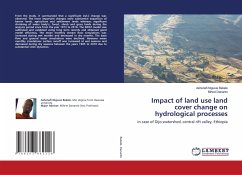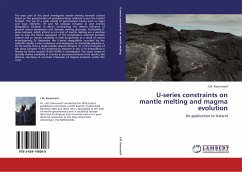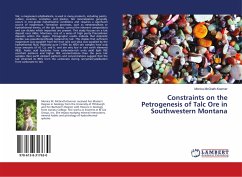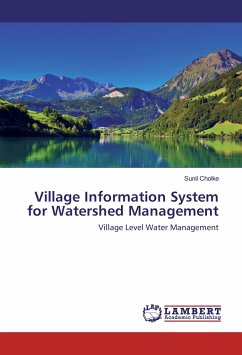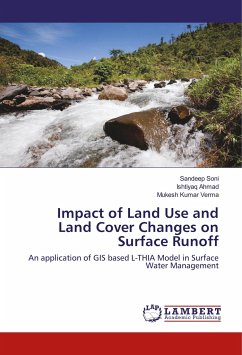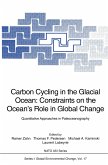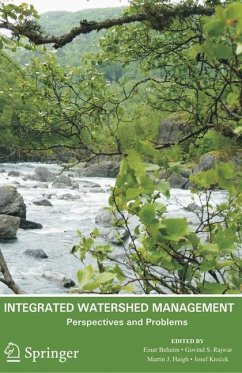The watersheds south of the Mediterranean Sea have generally typical landforms. This work is an integrated approach between the hydrogeological constrains (climate, geomorphology, structure, soil, surface and groundwater) and natural vegetation to study the inter-relationships and build a new modeling framework that can be used for identification of the occurrence and distribution of the natural vegetation elsewhere. The most common vegetation pattern was spotted or stippled and banded. Spot is restricted mostly in the piedmont plain and the downstream and is characterized by low relief areas, irregular in shape and surrounded by bare soil. It has mostly very shallow, sandy loam, slightly saline soils that are fed by surface runoff and/or shallow groundwater. Banded vegetation is located in the banks of the upstreams of the main wadi and tributaries. It is usually aligned along contour lines and commonly acts as closed hydrological systems, with little net outflow and sediment coming out of the system. It is located as stripes or arcs and is characterized by mild to moderate topography, shallow sediments, sandy loam, slightly saline soils, fed by surface runoff.
Bitte wählen Sie Ihr Anliegen aus.
Rechnungen
Retourenschein anfordern
Bestellstatus
Storno


